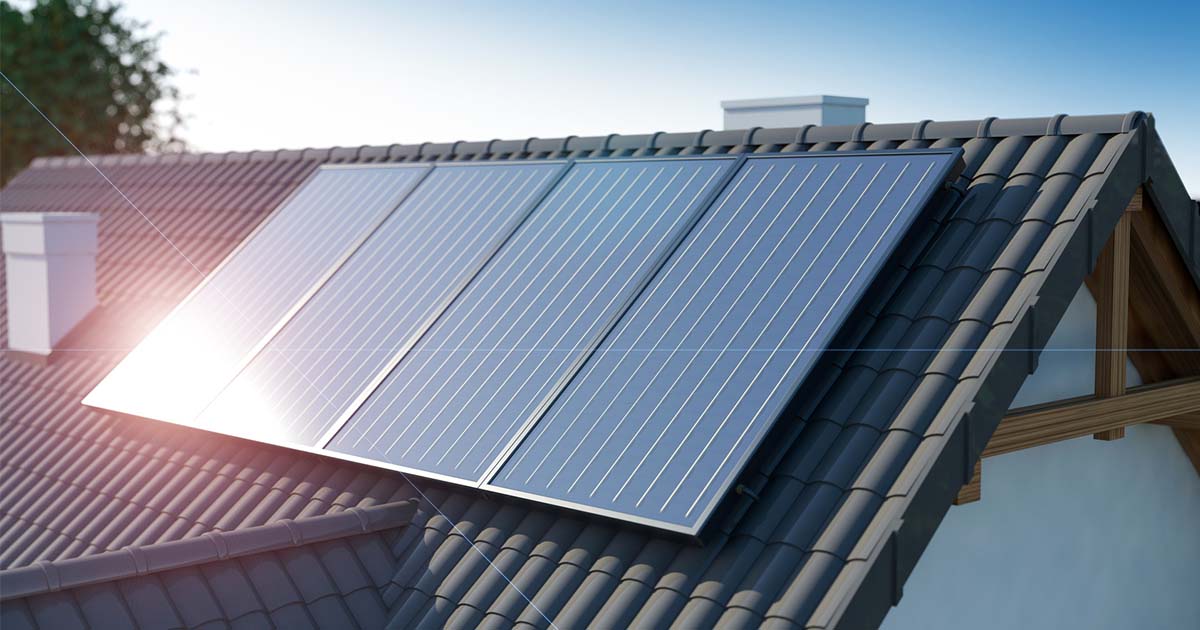
Homeowners are becoming more and more conscious of the impact their homes and their lifestyles are having on the environment. As an interior designer, remodeler, or homebuilder, it is your job to offer your clients sustainable home design solutions that will minimize negative environmental impacts while still delivering beautiful and functional spaces.
With today’s technological advancements and eco-friendly alternatives, it is easier to come up with sustainable home design solutions. Although some solutions may be pricier than others, you need to show your clients the value of “green” design in the long run. Oftentimes, investing in eco-friendly and durable solutions from the beginning will save your clients a ton of money down the line.
Read on to find out how to design and build sustainable homes for a better future.
Subscribe to 2020 Blog
Passive solar design

If you’re wondering what passive solar design is, here’s a little overview. Passive solar design is all about taking advantage of the sun’s energy to heat and cool a home naturally. Instead of using mechanical heating and cooling systems, you position a home’s windows and walls to absorb the most sun and heat in the winter months and keep the house cool and airy in the summer months.
By designing a home with passive solar energy in mind, you will help minimize the need for electrical heating and cooling. It is a concept that has been used for thousands of years, even before electricity was discovered. As a home designer, you need to think about wall placement, thermal mass, window orientation and shading for the most optimal and sustainable living conditions for your clients.
Proper insulation

Another great way to conserve energy is to properly insulate a home. When it’s cold out, you want to make sure the insulation works well enough to keep the warm air in, and when it’s hot out, you want to make sure the insulation keeps the cool air in.
If a home isn’t properly insulated, meaning the material used isn’t up to par or there are cracks and gaps around windows and doors, the warm or cool air in your home will easily escape. This will force your clients to use more electrical energy than usual to regulate the temperature in their home. When designing a client’s house, always make sure you pick the right kind of insulation for walls, floors, attics, and ducts to conserve the most natural energy possible.
Reclaimed materials

No sustainable home is complete without the use of reclaimed and local materials. But before you use any old recycled material for your client’s home, there are a set of questions you need to ask yourself. Is the recycled material durable? Was it harvested sustainably? Does it contain any toxins? Can it be recycled in the future?
In most cases, reclaimed materials are always the better option when it comes to sustainable home design solutions. However, sometimes you’re better off using brand new materials because the recycled ones will do more harm than good. If you buy new materials, try to buy locally whenever possible. You should also work with manufacturers that meet ESP certification requirements or that sell green products, and 2020 is proud to be working with cabinet manufacturers that offer sustainable options such as Elkay Manufacturing, ACPI, and Miralis.
Renewable energy

Renewable energy systems are slowly gaining in popularity, but they are still considered to be fairly expensive sustainable home design solutions. If your client has the budget for it, you can suggest several renewable energy sources for their home, including solar panels and wind turbines.
Solar panels are the most common renewable energy sources on the market. They can be installed on your client’s roof or in their yard, and they can work wonders in sunny areas. Wind turbines are a little less conventional for urban homes, mostly because they are visually unappealing and make a lot of noise, but they’re still a great source of renewable energy.
Eco-friendly paint

If you’ve been in the home design and remodeling industry for a while, you’ve seen the evolution of paint throughout the years. Not so long ago, all windows had to be left open and the home needed to be very well aerated to allow the toxic, oil-based paints to dry. It was even recommended to leave the house entirely in order not to inhale the chemicals emanating from the fresh paint.
Thankfully, we’re at a point where there are eco-friendly paint options readily available at local paint stores. Popular brands such as Benjamin Moore and Sherwin-Williams have paint lines that are made of natural materials and that have very low VOC. If your client is looking for sustainable home design solutions, natural-based paints should be on your list.
Energy efficient appliances

One of the easiest ways to opt for sustainable home design solutions is buying energy efficient appliances and light bulbs. Nowadays, appliances and bulbs include their energy consumption and savings on the packaging (energy guide label) so it’s easy for you to compare and offer your clients the best options.
The appliance that consumes the most energy is the refrigerator, so if nothing else, that should be at the top of your energy efficient appliance shopping list. By investing in a new refrigerator, your client will save a lot of money on their electric bill and will be doing the environment a favor all at once.
Share this Post




